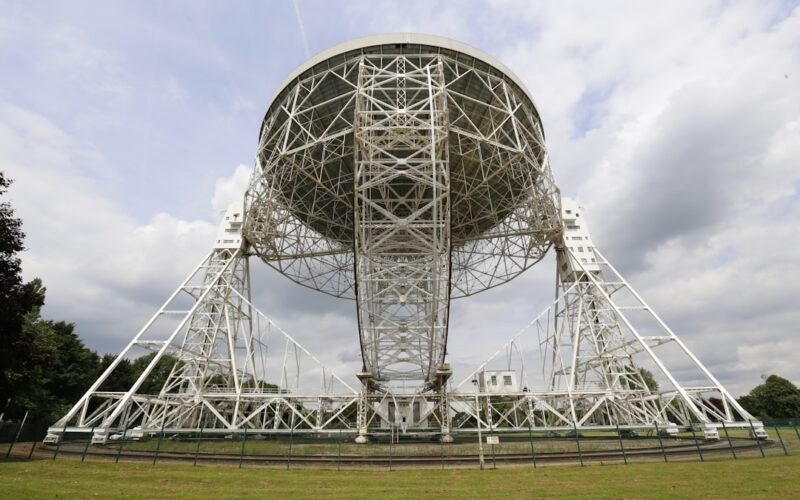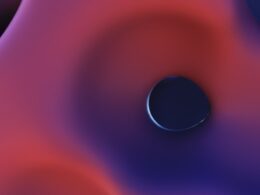It’s not every day we get a visitor from beyond the solar system. But on July 1, 2025, NASA-funded scientists at the ATLAS (Asteroid Terrestrial-impact Last Alert System) survey telescope in Río Hurtado, Chile, discovered something rare: comet 3I/ATLAS—the third confirmed interstellar object ever spotted whizzing through our cosmic neighborhood.
Interstellar comet 3I/ATLAS has been clocked traveling at a blistering 137,000 miles per hour (221,000 kilometers per hour), and as it gets closer to the Sun, it’s expected to go even faster. When NASA’s Hubble Space Telescope snapped a photo on July 21, the comet was about 277 million miles away from Earth—no threat to us, staying at least 1.6 astronomical units (roughly 150 million miles) distant on its flyby. Size estimates are still being refined: researchers say it could be as wide as 3.5 miles (5.6 kilometers), making it the largest interstellar object ever seen so far—though it might be as small as about 1,000 feet (320 meters).
The Most Exotic Comet Yet?
What makes this comet a true cosmic oddball isn’t just its origin outside our solar system. Observations from NASA’s SPHEREx space telescope and the James Webb Space Telescope have revealed an unusual chemical recipe. Both telescopes found that the comet is extremely rich in carbon dioxide and contains abundant water ice and vapor. In fact, scientists using Webb’s Near-Infrared Spectrograph say that 3I/ATLAS has the highest ratio of carbon dioxide to water ever observed in a comet—a clue that its icy heart was forged in a very different environment than anything native to our solar system.
Some astronomers note other peculiarities. There’s no classic glowing tail trailing behind; instead, Hubble images show a bright coma—a gassy cloud—that actually leads the nucleus toward the Sun rather than streaming out behind it. The absence of a tail and these strange emissions have fueled speculation in some circles (including Harvard astrophysicist Avi Loeb) about whether it might even be artificial—but most experts agree it’s behaving like a natural comet.
Short Visit From Deep Space
With its rapid speed and wide berth around Earth, we won’t have long to study this “alien” snowball before it zooms back into interstellar darkness. Scientists are racing to gather all the data they can on its composition and behavior before it vanishes—perhaps not to return for millions of years.
For astronomy buffs and scientists alike, interstellar comet 3I/ATLAS offers an unprecedented peek into what lies beyond our solar system’s borders—and maybe even how other star systems build their comets.










